Harvesting men of the lower Chocó rainforest, paleoethnobotanical study
DOI:
https://doi.org/10.22380/2539472X.1475Keywords:
.Abstract
As part of the Programme of Aechaeological research initiated by INCIVA on the Pacific coast of the Valle del Cauca, this palaeoethnobotanical study contributes data to help reconstruct the diet of the prehispanic populations settled in the alluvial plain of the Calima and San Juan rivers, by identification and analisis of remains of fruits and seeds recovered in archaeological contexts The study proposes a mode of use of resources in which palms and frait trees, together with the cultivation of maize, constituted the principal source of vegetable food between the second Century BC and the seventeenth century A D.
Downloads
References
Balee, William 1989 The Culture of Amazonian Forests. En Resource Management in Amazonia: indigenous and Folk Strategies: 1-20, D.A. Posey y W. Balée Editores. The New York Botanical Garden.
Flannery, Kent 1976 The Village and its Catchment Area. En: The Early Mesoamerican Village. Chapter 4: 9 1- 130. Academic Press, New York.
Galinat, Walton 1970 The Cupule and its Role in the Origin and Evolution of Maize. University of Massachusetts Agricultural experimental Station ,Bulletin 584 : 1-24.
Gentry, Alwyn 1993 Riqueza de Especies y Composición Florística de las Comunidades de Plantas de la Región del Chocó. En: Colombia Pacífico, Tomo 1: 200-219. Fondo FEN. Santafé de Bogotá.
Herrera, Leonor 1989 Costa del Océano Pacífico y Vertiente Oeste de la Cordillera Occidental. En: Colombia prehispánica Regiones Arqueológicas: 135-157, editado por A. Dotiva, G. Cadavid, L. Herrera, A. Groot y S. Mora. ICAN, Bogotá.
Instituto Colombiano de Bienestar Familiar 1992 Tabla de Composición de Alimentos de Colombia. ICBF.
Linares, Olga 1982 "Cacería en Huertas" en los trópicos americanos. En: Evolución en los Trópicos: 255-26R. Smith sonian Tropical Research Institute. Panamá.
Minnis, Paul 1981 Seeds in Archaeological sites: Source and Interpretative Problems. American Antiquity 46: 143-152. DOI: https://doi.org/10.2307/279993
Patiño, Víctor Manuel 1956 El Maíz Chococito: Noticia sobre su cultivo en América Ecuatorial. América Indígena, 4: 309 -346.
-. 1957 plátanos y Bananos en América. Equinoccial. Revista Colombiana de Antropología, Vol. VIII 297-337.
Pearsall, Deborah 1988 la Producción de Alimentos en Real Alto: la aplicación de las técnicas etnobotánicas al problema de subsistencia en el período. formativo ecuatoriano. Biblioteca Ecuatoriana de Arqueología. Escuela Politécnica del Litoral. Guayaquil.
Piperno, Dolores 1989 The Ocurrence of Phytoliths in the Reproductive Structures of Selected Tropical Angiosperms and their Significance in Tropical Paleoecology, Paleoethnobotany and Systematics. Review of Paleobotany and Palynology. 61: 147-73. DOI: https://doi.org/10.1016/0034-6667(89)90067-5
Popper, Virginia 1988 Selecting Quantitative Measurements in Paleoethnobotany. En: Current paleoethnobotany: 53-7 1, editado por C. Hastorf & VPopper. The University of Chicago Press.
Randrianasolo, Voara Aureien 1979 Tripsacoidy In South American races of Maize. Ph.D. Dissertation. University of Illinois, Urbana-Champaign.
Reichel-Dolmatoff, Gerardo 1960 Notas Etnográficas sobre los indios Chocó. Revista Colombiana de Antropología , Vol. IX: 75-1 58. Bogotá.
-. 1965 Colombia Ancient peoples and places. Thames and Hudson, London.
Roberts, L., U. Grant, R. Ramirez, W. Heatheway & D. Smith 1957 Razas de Maíz en Colombia. Ministerio de Agricultura. Editorial Máxima. Bogotá.
Romoli, Kathleen 1975 El Alto Chocó en el Siglo XVI. Parte l. Revista Colombiana de Antropología, Vol. XI X: 9-38.
Romero, Yuri 1994 Aplicación de las Técnicas Paleoetnobotánicas al Problema de Subsistencia en la parte Baja de los Ríos Calima y San Juan. Tesis. Departament0 de Antropología, Universidad Nacional de Colombia. Santafé de Bogotá. (Ms).
Salgado, Héctor y David STEMPER 1991 Alfarería Prehispánica Temprana (I Milenio A.C.) entre la Bahía de Buenaventura y el Bajo Río San Juan, Pacífico Colombiano. Boletín de Arqueología 2: 25-55. Bogotá.
-. 1995 cambios en Alfarería y Agricultura en el Centro del litoral Pacífico Colombiano Durante los últimos Dos Milenios. INCIVA y FIAN, Bogotá.
Schiffer, Michael 1988 ¿Existe una Premisa de Pompeya en Arqueología? Boletín de Antropología Americana, 13: 5-31. Instituto Panamericano de Geografia e Historia. México.
-. 1990 contexto Arqueológico y Co. texto Sistémico. Boletín de Antropología Americana, 22: 81-94. Instituto Panamericano de Geografía e Historia. México.
-. 1991 Los Procesos de Formación del Registro Arqueológico. Boletín de Antropología Americana, 23: 39-46. Instituto Panamericano de Geografia e Historia. México.
Simon, Pedro 1981 Noticias Historiales de las conquistas de Tierra Firme en las [1626] Indias Occidentales. Tomo VI, Noticia 7, Capítulo IV. Biblioteca Banco Popular. Bogotá.
Stemper, David y Héctor Salgado 1993 Metalurgia Prehispánica y Colonial Republicana en el Pacífico Colombiano. Revista Colombiana de Antropología, Vol. XXX:59-100.
Watson, Patty Jo 1989 Early Plant Cultivation in the Eastern Woodland of North America. En: Foraging and Farming: the Emergence of Plan Exploitation: 558-571. D. Harris y G. Hillman Editores. Unwin Hyman, Londres.
West, Robert 1957 The Pacific Lowlands of Colombia. Lousiana State University Studies, Nº8. Baton Rouge.




















